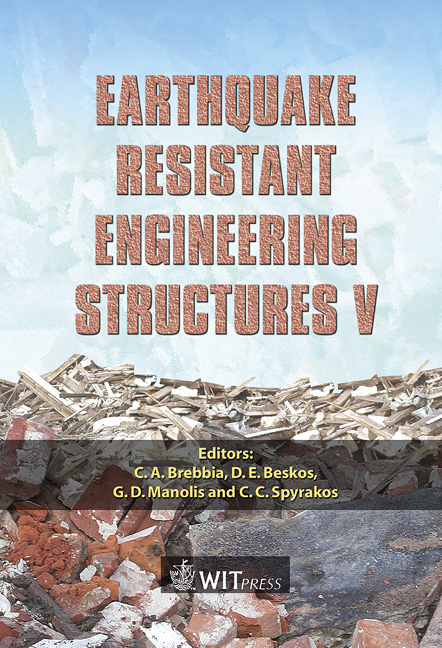Developments In The Architecture Of Earthquake Resistant High-rise Buildings In The Period From The End Of The 18 Th To The Beginning Of The 20 Th Century
Price
Free (open access)
Transaction
Volume
81
Pages
11
Published
2005
Size
4,291 kb
Paper DOI
10.2495/ERES050501
Copyright
WIT Press
Author(s)
T. Slak & V. Kilar
Abstract
This paper studies the influence of building structural systems and the usage of new materials such as iron, steel and reinforced concrete on the developments in the architecture of earthquake resistant high-rise buildings in the period from the end of the 18 th to the start of the 20 th century. The paper chronologically analyses and presents a few selected building examples that presented a novelty from the structural or architectural point of view at that time. Special importance is given to the examples where some architects or constructors from the 19 th century were able to determine the architecture based just on the principles of structural logics. 1 Introduction Architects from all artistic periods often sought inspiration in structural logics. The purpose of the paper is to illustrate the influence of structural logics and the effect of the implementation of new building materials on the architecture of high-rise earthquake resistant buildings in the expanded period of the 19 th century. At that time the separation of structural engineering and the architectural profession became evident. The structural system became a crucial parameter determining the architecture and the functionality of buildings. The beginning of the 19 th century brought new (artificial) building materials such as reinforced concrete, cast and wrought iron and steel. New demands of investors and new knowledge obtained by structural engineers importantly influenced further developments in architecture which became an autonomous field of science and art, yet strongly interrelated with other fields.
Keywords





